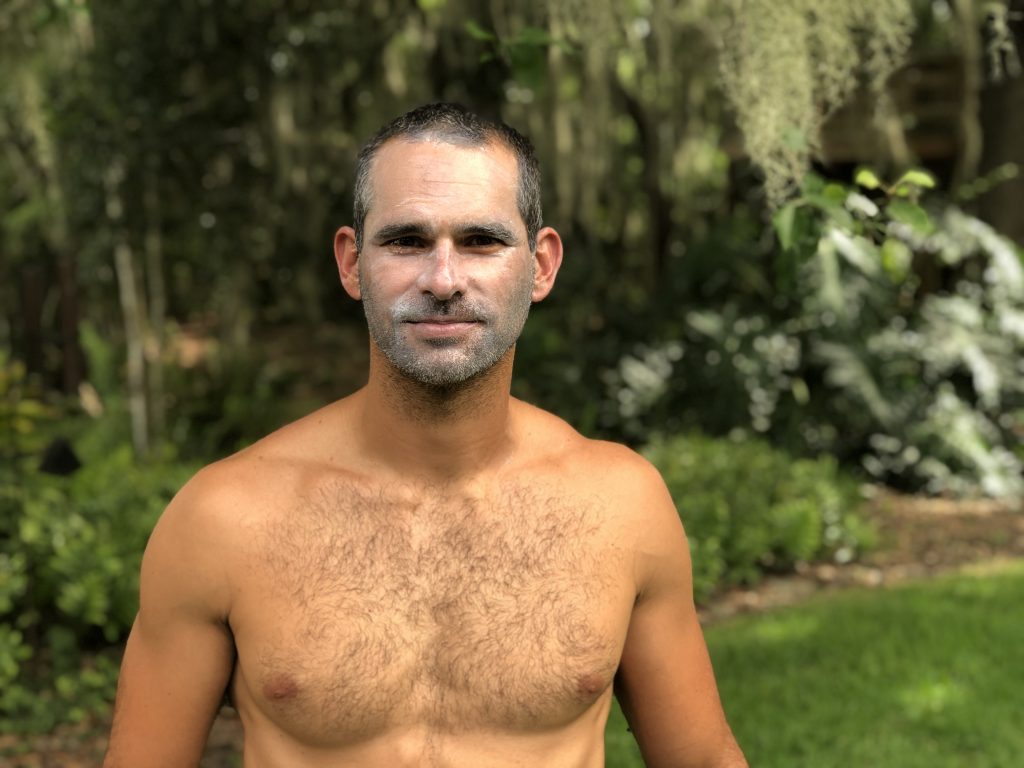
We need more sun exposure more than ever before. Sun exposure is the best source of vitamin D and up to 70% of people are not meeting adequate vitamin D levels. Additionally, there is a link to vitamin D levels and your immune system, it’s role in COVID-19 mortality rates and lung injury.
With Summer in full swing, I wanted to provide some tips on how I prepare for sun exposure to maximize its benefits and minimize the negative effects while avoiding slathering toxic sunscreen on my body.
I do use sunscreen on my face and hands anytime I go out in the sun since these are areas with very thin skin and can show signs of aging prematurely. But I stick to zinc oxide which doesn’t contain endocrine-disrupting chemicals such as oxybenzone like most other sunscreens. Additionally, research has come out showing that most commercial sunscreen contains chemical compounds that act as carcinogens when absorbed, at least in animal models.
I avoid using sunscreen on the rest of my body, not only because of the toxic chemicals but because our bodies NEED sun exposure to produce adequate levels of vitamin D. In fact, I just read a really good article about why you want more sun exposure and how it doesn’t actually cause skin cancer.
I also make my own homemade sunscreen in case I’m going to be out in the sun for longer than two hours. The recipe can be found at the bottom of this article. It’s a little greasy since I use coconut and olive oil as the base and it doesn’t rub in that great as you can see from the picture above, but it works and is 100% natural.
Outside of wearing sunscreen, here are other ways I prepare for sun exposure.
Pre-Sun Exposure
- I ensure my my circadian rhythm is in good shape by having a good sleep routine. If yours is off-kilter, if you had a bad night’s sleep the night before, your skin will be more vulnerable to UV damage. Don’t party all night and then go tan all day. It’s a bad combo.
- I follow a Time Restricting Feeding protocol where I eat all my calories within a 12-hour (or less) window. A study in mice shows that eating at abnormal times disrupts the biological clock of the skin, including the daytime potency of an enzyme that protects against the sun’s harmful ultraviolet radiation.
- I get 15-20 minutes of exposure to early morning light which can increase the skin’s resistance to subsequent UV exposure. This makes perfect ancestral sense—wake up early, expose yourself to infrared morning sun, gain protection against subsequent afternoon sun.
- If I can’t get early morning sun, I use my infrared sauna or an infrared light panel which can have a similar effect. I do at least 15 minutes in the morning on days when I know I”ll be getting a lot of sun.
- For infrared saunas, I recommend Clearlight. You can watch my full review here.
- For infrared panels, I recommend GembaRed. You can save 10% off with code Antifragile.
- Post-sauna, I take a cold plunge. Cold therapy (even a cold shower) primes your skin for better light absorption (this can also help with sun burn).
- Hydrate – Staying hydrated not only improves skin health but also keep it healthy during sun exposure. You can ensure adequate hydration drinking more liquids (tea and water are preferred) but also getting enough electrolytes and minerals in your diet.
- Drink green tea, which contains a polyphenol called epigallocatechin gallate (EGCG) that been shown to help protect skin against sun damage.
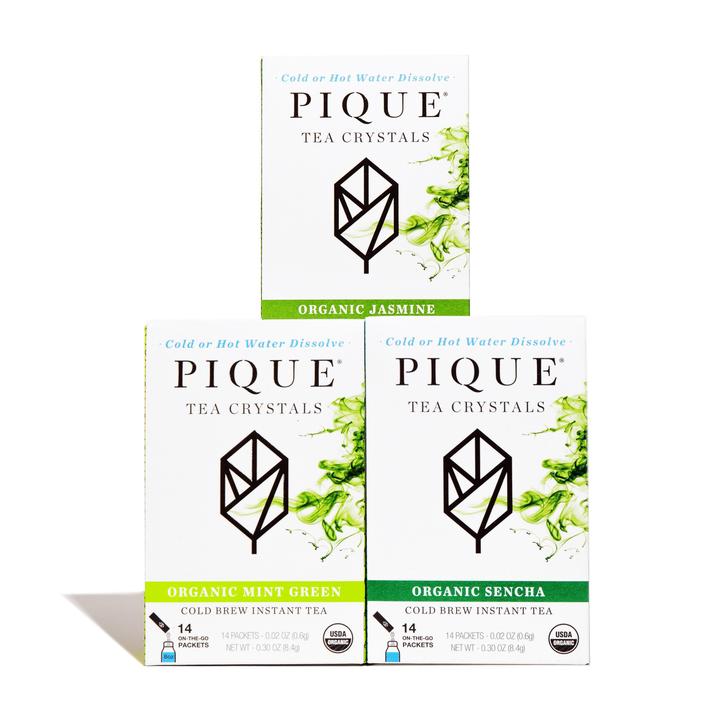
During Sun Exposure
- I don’t overdo it. I only stay in the sun for an hour or two. If you have fair skin, you should limit it even more.
- I avoid rancid oils. The more unstable the fat in your cells and in your diet, the more vulnerable your skin will be to UV damage. Fats like stearic acid (found abundantly in chocolate and beef fat) and oleic acid (found in avocado, olive oil, and beef and pork fat) are far more stable than linoleic acid (found in seed oils). So avoid potato chips while you’re in the sun.
- I get sun when UVB is optimal which is around when the sun is overhead, usually between 11-2. UVB is what leads to the formation of vitamin D.
- I don’t wear sunglasses when I’m out in the sun. Your eyes have melanin receptors that will control release of melanin in your skin, so you are less likely to get burned if you are not wearing sunglasses.
Post Sun Exposure
- During Summer, I increase foods high in lycopene (tomatoes), astaxanthin (wild salmon and shrimp) and flavonoids found in dark chocolate. This can help the body increase the amount of UVB it’s able to absorb and decrease UVA which can do more skin and DNA damage. Dark chocolate can also build resistance to UV damage (for my favorite chocolate, see my full dark chocolate review here).
- Supplement if needed with astaxanthin, lycopene, beta carotene, vitamins D, E and epigallocatechin gallate (EGCG), all of which have been shown to help protect skin against sun damage (I only take Astaxanthin and drink green tea).
- Astaxanthin specifically helps protect against UV-induced cell death. Unlike topical sun block, astaxanthin does not actually block UV rays, so it doesn’t prevent UVB from converting into vitamin D in your skin; it simply protects your skin against damage.
- Lycopene also acts as an internal sunscreen, although it’s not nearly as protective as astaxanthin. A 2001 study found tomato paste helped protect fair-skinned individuals with a tendency to burn rather than tan.
Here are the two supplements I take daily during the Summer months.
Once I feel I’ve had enough sun on my skin, I throw on my UV rashguard hoodie. I love the Quiksilver dredge hooded long sleeve rashguard.
Ideal Sun Exposure
Aim for 10-30 minutes of midday sunlight over as much bare skin as you can get away with, several times per week. The darker your skin, the more sun you’ll need for adequate vitamin D levels.
Keep in mind that too much sun (to the point of a sunburn) is very dangerous and should be avoided. Plus, a sunburn just sucks!
If you think you’re low in vitamin D, you’ve tested low, and/or you can’t get enough proper sun exposure, you might want to consider supplementing with vitamin D & K. I recommend Thorne Research’s Vitamin D/K2.
Homemade Sunscreen Recipe
Ingredients
- ½ cup olive oil
- ¼ cup coconut oil
- ¼ cup beeswax
- 2 Tbsp zinc oxide
- 1 tsp red raspberry seed oil
- 1 tsp carrot seed oil
- 2 Tbsp shea butter
Instructions
- Combine all the ingredients except zinc oxide in a pint-sized or larger glass jar.
- Fill a medium saucepan with a couple inches of water and place on the stove over medium heat.
- Put a lid loosely on the jar and place it in the pan with the water.
- Shake or stir the jar occasionally to mix the ingredients as the melt.
- When all the ingredients are completely melted, stir in the zinc oxide, and pour into whatever jar you will use for storage.
- Stir a few times as it cools to make sure zinc oxide is incorporated.
- Store at room temperature or in the refrigerator to increase shelf life.
Disclaimer: In compliance with the FTC guidelines, please assume the links below are affiliate links of which Antifragile.fit receives a small commission from sales of certain items, but the price is the same for you (sometimes, you even get a unique discount). My first priority is providing valuable information and resources to help optimize your mind and body and I will only link to products or resources (affiliate or otherwise) that fit within this purpose.

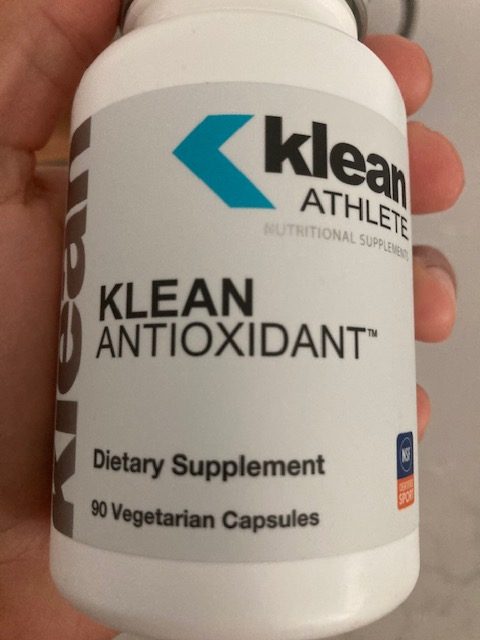
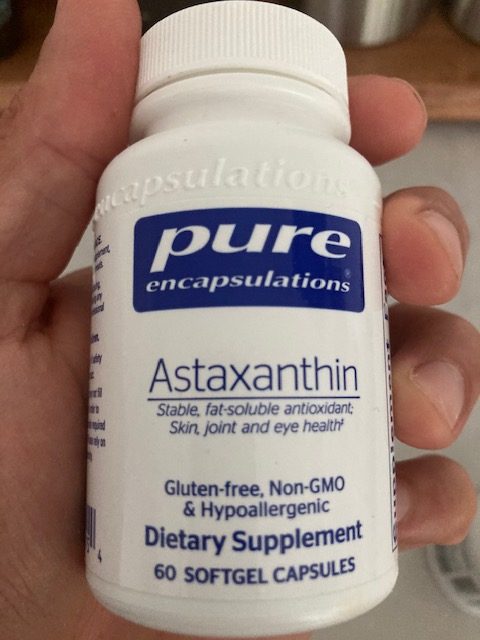
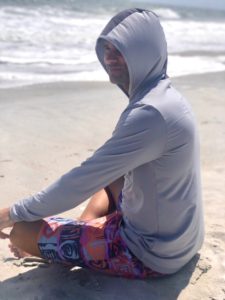

Leave a Reply